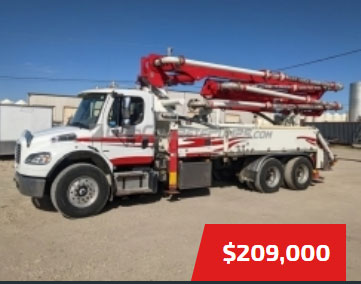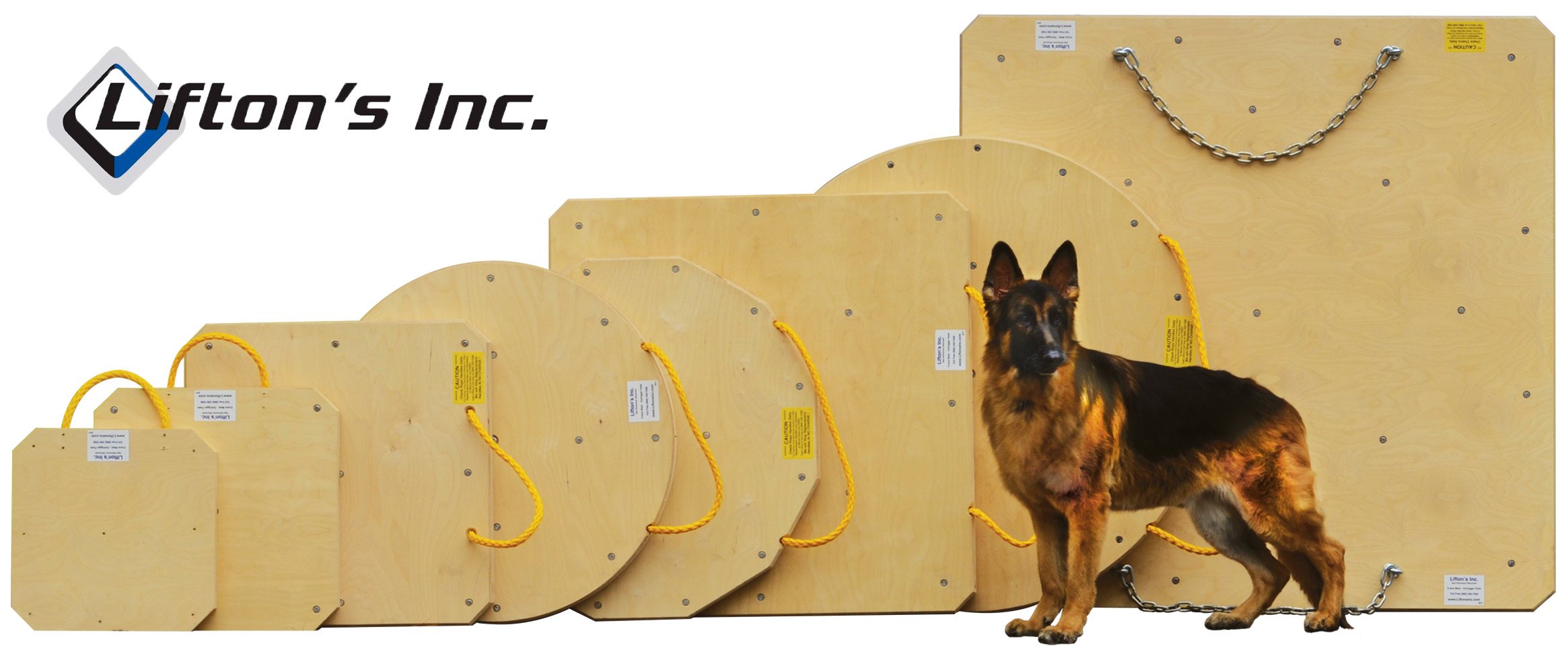| Todd | 10-23-2024 | comment profile send pm notify |
|
In recent years, wood has been a popular material for constructing apartment complexes, particularly in mid-rise buildings. Wood, especially engineered lumber products, has often been praised for its affordability, speed of construction, and environmental benefits. However, as cities grow denser, and as safety and durability concerns mount, it becomes increasingly clear that concrete and steel are superior materials for these structures. The case for constructing apartment complexes with concrete and steel rather than wood is compelling, rooted in safety, longevity, sustainability, and the need for urban resilience. 1. Fire SafetyThe most significant argument against using wood in apartment complexes is fire safety. Wood is inherently combustible, and although fire-resistant treatments and construction techniques can help mitigate some risk, they don’t eliminate it. Fires in wood-frame buildings can spread quickly, putting lives at risk and leading to massive property damage. While building codes are stricter for wood structures, and fire-retardant materials are required in many areas, wood remains more susceptible to fire than non-combustible materials like concrete and steel. In contrast, concrete and steel offer inherent fire resistance. Concrete does not burn, and steel, while it can lose strength at extremely high temperatures, does not ignite or propagate a fire. This dramatically reduces the risk of catastrophic fires in buildings made from these materials. In cities where density is increasing, and where apartment complexes house hundreds of residents, fire safety is a critical concern. Fires in multi-family homes not only put residents in immediate danger but also pose a risk to adjacent buildings and entire neighborhoods. The use of concrete and steel helps minimize this risk. 2. Durability and LongevityWhile wood may seem like a convenient and inexpensive option, it doesn’t provide the long-term durability that concrete and steel offer. Wood is susceptible to rot, termites, and moisture damage, leading to costly repairs and maintenance over time. In humid or rainy environments, or areas with termite problems, the lifespan of wood structures can be significantly reduced. Concrete, on the other hand, is one of the most durable construction materials available. It can withstand extreme weather conditions, resist moisture, and is not vulnerable to insect damage. Similarly, steel is renowned for its strength and ability to withstand the elements without degradation. Buildings made from concrete and steel can last significantly longer with less maintenance, providing greater value over time. In terms of resale value, durability also plays a major role. Concrete and steel structures maintain their structural integrity for decades, meaning fewer issues with depreciation due to maintenance problems. This makes these buildings a sounder long-term investment for developers and residents alike. 3. Structural Integrity in Natural DisastersNatural disasters such as earthquakes, hurricanes, and tornadoes pose a significant threat to wood-framed apartment complexes. Wood structures, while flexible, can lack the necessary strength to withstand the forces of these events. Earthquakes, in particular, can cause significant damage to wood buildings, as the material struggles to maintain its integrity during intense shaking. Hurricanes and tornadoes, with their high winds, can also easily cause wood-frame buildings to collapse or sustain major damage. Concrete and steel buildings are far more resilient in the face of natural disasters. Reinforced concrete, in particular, can be designed to absorb and dissipate seismic energy, reducing the likelihood of structural failure in an earthquake. Steel, known for its tensile strength, is also excellent at resisting lateral forces from winds and ground movement. In hurricane-prone regions, concrete and steel can withstand the intense forces of high-speed winds and flying debris, protecting both the structure and its occupants. As climate change increases the frequency and severity of natural disasters, building with resilient materials like concrete and steel becomes more important than ever. Urban resilience requires a commitment to creating structures that can stand up to the forces of nature, protecting residents and reducing the economic impact of disaster recovery. 4. Environmental Impact and SustainabilityOne of the arguments in favor of wood construction is that wood is a renewable resource with a smaller carbon footprint compared to steel and concrete. While it is true that wood can sequester carbon, this environmental advantage is often overstated when considering the full lifecycle of the materials. Wood structures often require more maintenance, shorter lifespans, and have less resilience to damage, leading to more frequent replacements and repairs. Concrete, particularly when mixed with innovative materials, is becoming more environmentally friendly. Advances in low-carbon concrete production, recycled aggregate use, and green building techniques mean that concrete’s environmental impact is being mitigated. Similarly, steel is one of the most recyclable materials available, and recycled steel is frequently used in construction projects, reducing the need for new raw material extraction. Furthermore, the sustainability of concrete and steel is tied to their durability and longevity. A building that lasts 100 years with minimal repairs is far more sustainable than one that needs to be torn down and replaced every 40-50 years. The long-term environmental benefits of concrete and steel, combined with advancements in green building technologies, make them the superior choice for sustainable construction. 5. Noise Insulation and SoundproofingIn apartment complexes, noise control is a major factor in residents' comfort and quality of life. Wood-framed buildings often suffer from poor sound insulation, leading to complaints about noise from neighboring units or foot traffic from upper floors. This is due to wood’s lightweight nature, which does not effectively block sound. Concrete and steel, however, offer excellent soundproofing qualities. The mass and density of concrete make it an effective sound barrier, significantly reducing the transmission of noise between units. Steel can also be paired with advanced soundproofing techniques to create a much quieter living environment. In apartment complexes, where shared walls and floors are the norm, this can greatly enhance resident satisfaction and reduce turnover. 6. Insurance and Cost ConsiderationsInsurance rates are often lower for concrete and steel buildings than for wood structures due to the reduced risk of fire, water damage, and structural failure. This is an important consideration for developers and property owners, as lower insurance premiums can contribute to overall savings in the long run. While the initial cost of constructing with concrete and steel is higher than wood, the long-term benefits often outweigh the upfront expenses. The durability, reduced maintenance, and lower insurance costs associated with concrete and steel structures can make them more cost-effective over the lifecycle of the building. Conclusion: Concrete and Steel are the Future of Apartment Complex ConstructionAs cities continue to grow and the need for resilient, safe, and durable housing increases, concrete and steel are emerging as the superior materials for constructing apartment complexes. While wood may offer some initial cost savings and be perceived as more environmentally friendly, its susceptibility to fire, moisture, insects, and natural disasters makes it a less reliable choice in the long run. Concrete and steel, with their strength, durability, and resistance to fire and natural disasters, provide a safer and more sustainable solution for modern apartment buildings. As we face new challenges from climate change, urban density, and the need for long-lasting infrastructure, concrete and steel should be the materials of choice for creating safe, resilient, and sustainable housing for the future. |
||
| TooTall | 04-10-2025 | reply profile send pm notify |
|
There's been an odd flip in recent years regarding the carbon footprint of building materials. The overall combination of manufacturing and mining the materials to make concrete plus delivery pumping/placing process gives concrete a massive carbon footprint. Steel not far behind it. Which officially makes wood, lumber a renewable resource. After years of trying to save the trees. Now somewhat suddenly cutting down the trees and building with wood is the better environmental choice. It wasn't very long ago that we were building with concrete & steel to save the trees. Give it some time and we'll be back to building shite with rocks. |
||




















.jpg)
.gif)

.jpg)








.jpg)









